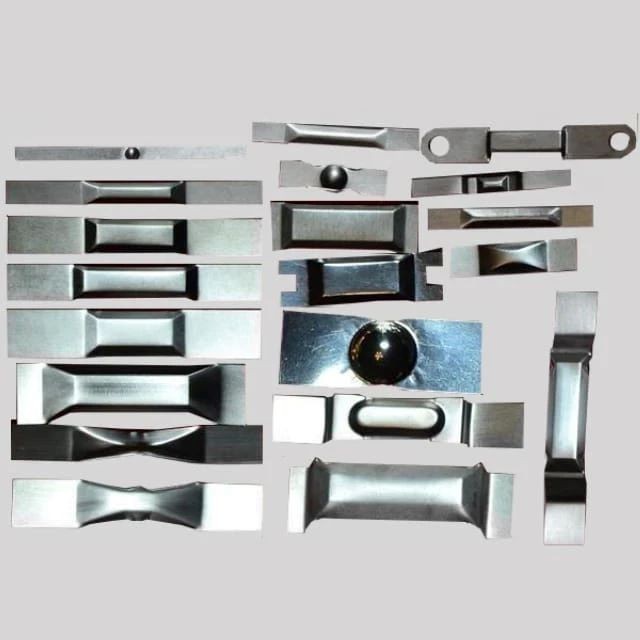
Thin Film Deposition Parts
Molybdenum Tungsten Tantalum Special Shape Evaporation Boat
Item Number : KME01-2
Price varies based on specs and customizations
- Material
- Tungsten / Molybdenum / Tantalum
- Specification
- See the form

Shipping:
Contact us to get shipping details Enjoy On-time Dispatch Guarantee.
Why Choose Us
Reliable PartnerEasy ordering process, quality products, and dedicated support for your business success.
Introduction
Tungsten evaporation boat, also known as evaporated tungsten boat or coated tungsten boat, is a device used in vacuum coating and sintering furnace industries. It is made by high-temperature stamping of tungsten sheet and comes in various specifications and shapes. Tungsten boats are typically employed in evaporation processes, where they hold low melting point metals that are vaporized and deposited onto surfaces when heated to around 2000 degrees Celsius. They are also used in ship industries to create metal parts by sintering tungsten metal and connecting its ends with wires.
Application
Evaporation boat sources are important components used in thermal evaporation systems to facilitate the deposition of metals, alloys and various materials. The boats come in different thicknesses and are made from tungsten, tantalum and molybdenum, ensuring compatibility with a wide variety of power sources. Their importance lies in their key role in vacuum evaporation and thin film deposition processes, including the widely adopted electron beam fabrication technique. These multi-functional tools have a wide range of applications in industries such as vacuum coating, electronics, solar energy and metallurgy. To prevent cracking, the container must be heated gradually. Therefore, evaporation boats have become an indispensable part in material analysis and thin film deposition, making a significant contribution to scientific and technological progress.
Tungsten Boats
- Light industry, electronics, military industry, semiconductor industry.
- Coating, precision ceramic sintering, capacitor sintering, bell jar, electron beam spraying.
- X-ray diagnostic targets, crucibles, heating elements, X-ray radiation shielding.
- Sputtering targets, electrodes, semiconductor substrates.
- Electron tube components, electron beam evaporation emission cathode, ion implanter cathode, anode.
Molybdenum Boats
- Vacuum deposition material
- High-efficiency carrier in the furnace.
- Air vacuum thermal evaporation, rare earth industry, nuclear fuel sintering, capacitor discharge sintering.
- Bearing boats and related parts for mechanical high-temperature furnaces.
Tantalum Boats
- Capacitors and electronic products
- Chemical reaction tube
- Nuclear reactors
- Heat exchangers
- Distillation equipment
Detail & Parts

T0.2/0.3*W20*L100;
Slot size: 50 long by 5.5 deep, in the hull
15.5 in width, 8.6 in the middle of the bottom of the groove

T0.2*W7*L62;
Groove length 20, groove depth 1.3, height 5

TO.3*W9.9*L91;
Groove length 41, groove depth 1.5, height 11

T0.3*W15.5*L102;
Groove length 50, groove depth 3.5, height 14

T0.2*W15.5*L102;
The groove length is 43, the inner length is 35, the groove depth is 3.0,
height 9
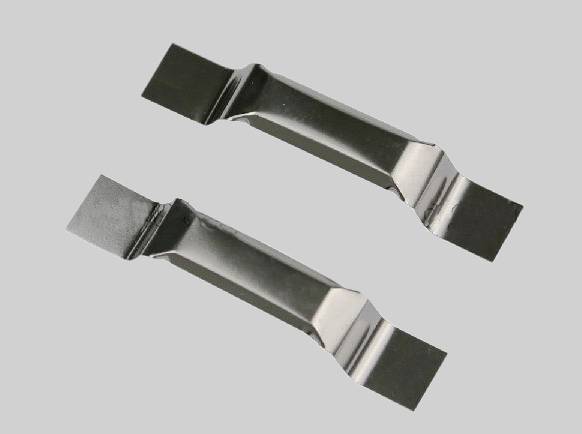
TO.2*W15.5*L102;
The groove length is 43, the inner length is 35, and the groove depth is 30.
height 9

T0.2*W23*L102;
The length of the slot is 67, the upper width of the slot is 30, and the inner side is long
42, groove depth 9.6, height 20

TO.2*W18*L78;
Groove length 40, groove width 18, groove depth 1.8,

L45*W13*T02
50/55/60/65/70/80*13*0.2
90/100*13*0.3

Features
Tungsten evaporation boats are a crucial component of vacuum coating systems, offering exceptional performance and durability:
- Exceptional Durability and Robustness:** tungsten evaporation boats are engineered to withstand the demanding conditions of vacuum coating processes, ensuring long operating lifetimes and consistent performance.
- Smooth and Even Spreading of Molten Metals:** The unique design of these boats facilitates the uniform distribution of molten metals, resulting in high-quality coatings with optimal thickness and composition.
- Versatile Metal Deposition:** Tungsten evaporation boats enable the vacuum deposition of a wide range of metals, providing flexibility for various coating applications.
- Purity Preservation:** The high purity of tungsten material used in these boats helps maintain the integrity of the deposited metal films, ensuring their reliability and performance.
FAQ
What Are Thermal Evaporation Sources?
What Are The Main Types Of Thermal Evaporation Sources?
How Do Thermal Evaporation Sources Work?
What Are The Advantages Of Using Evaporation Boats?
What Are The Advantages Of Using Thermal Evaporation Sources?
What Is The Typical Lifespan Of An Evaporation Boat?
What Applications Are Thermal Evaporation Sources Used For?
Can Evaporation Boats Be Reused?
How Do You Select The Appropriate Evaporation Boat Material?
4.8
out of
5
The tantalum evaporation boat has been a great addition to our lab. It's durable, easy to use, and has helped us improve the quality of our coatings.
4.9
out of
5
The delivery of the molybdenum evaporation boat was lightning fast! It arrived within two days of ordering, which was a lifesaver as we needed it urgently for a project.
4.7
out of
5
The tungsten evaporation boat is a great value for the price. It's well-made and has held up well under heavy use. We've used it to coat a variety of materials, and it's always produced excellent results.
5.0
out of
5
The tantalum evaporation boat is a game-changer for our lab. It's allowed us to achieve a level of precision and accuracy that we couldn't have imagined before. We're so glad we made the switch!
4.9
out of
5
The tungsten evaporation boat is a top-notch product. It's made with high-quality materials and has a sturdy construction. We've been using it for several months now and it's still going strong.
4.8
out of
5
The molybdenum evaporation boat is a great investment. It's durable and has helped us improve the efficiency of our coating process. We highly recommend it!
5.0
out of
5
The tantalum evaporation boat has been a lifesaver for our lab. It's allowed us to coat materials that we couldn't before, and it's helped us improve the quality of our products.
4.7
out of
5
The tungsten evaporation boat is a great addition to our lab. It's easy to use and has helped us improve the quality of our coatings. We're very happy with it!
4.9
out of
5
The molybdenum evaporation boat is a great value for the price. It's well-made and has held up well under heavy use. We've used it to coat a variety of materials, and it's always produced excellent results.
5.0
out of
5
The tantalum evaporation boat is a game-changer for our lab. It's allowed us to achieve a level of precision and accuracy that we couldn't have imagined before. We're so glad we made the switch!
4.9
out of
5
The tungsten evaporation boat is a top-notch product. It's made with high-quality materials and has a sturdy construction. We've been using it for several months now and it's still going strong.
4.8
out of
5
The molybdenum evaporation boat is a great investment. It's durable and has helped us improve the efficiency of our coating process. We highly recommend it!
5.0
out of
5
The tantalum evaporation boat has been a lifesaver for our lab. It's allowed us to coat materials that we couldn't before, and it's helped us improve the quality of our products.
4.7
out of
5
The tungsten evaporation boat is a great addition to our lab. It's easy to use and has helped us improve the quality of our coatings. We're very happy with it!
4.9
out of
5
The molybdenum evaporation boat is a great value for the price. It's well-made and has held up well under heavy use. We've used it to coat a variety of materials, and it's always produced excellent results.
REQUEST A QUOTE
Our professional team will reply to you within one business day. Please feel free to contact us!
Related Products
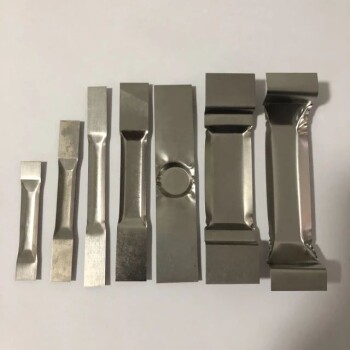
Tungsten Evaporation Boat for Thin Film Deposition
Learn about tungsten boats, also known as evaporated or coated tungsten boats. With a high tungsten content of 99.95%, these boats are ideal for high-temperature environments and widely used in various industries. Discover their properties and applications here.
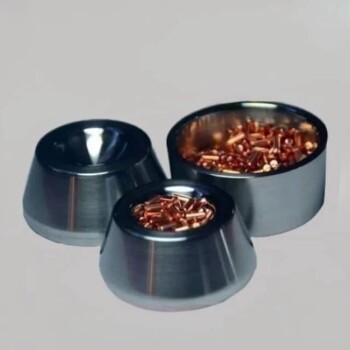
Electron Beam Evaporation Coating Gold Plating Tungsten Molybdenum Crucible for Evaporation
These crucibles act as containers for the gold material evaporated by the electron evaporation beam while precisely directing the electron beam for precise deposition.
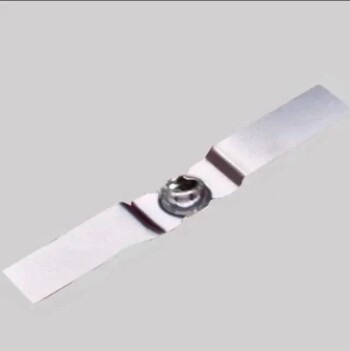
Hemispherical Bottom Tungsten Molybdenum Evaporation Boat
Used for gold plating, silver plating, platinum, palladium, suitable for a small amount of thin film materials. Reduce the waste of film materials and reduce heat dissipation.
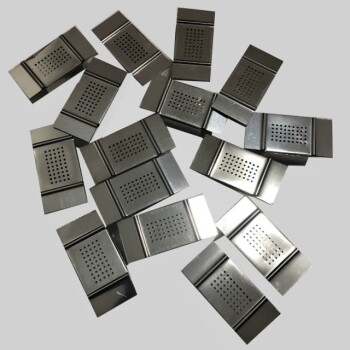
Folding Molybdenum Tantalum Boat With or Without Cover
Molybdenum boat is an important carrier for preparing molybdenum powder and other metal powders, with high density, melting point, strength and temperature resistance.
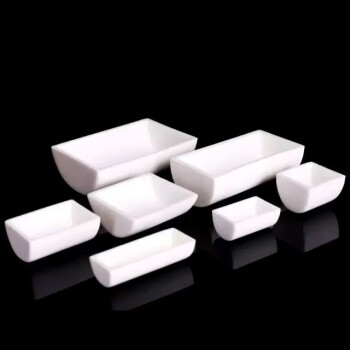
Alumina Al2O3 Ceramic Crucible Semicircle Boat with Lid for Engineering Advanced Fine Ceramics
Crucibles are containers widely used for melting and processing various materials, and semicircular boat-shaped crucibles are suitable for special smelting and processing requirements. Their types and uses vary by material and shape.
Related Articles

Understanding Evaporation Boats in Vacuum Coating
An in-depth look at evaporation boats, their materials, arrangement, temperature control, and corrosion issues in vacuum coating processes.

Graphite Boats in PECVD for Cell Coating
Exploring the use of graphite boats in PECVD for efficient cell coating.

Electron Beam Evaporation Coating Technology and Material Selection
An in-depth look at the principles and applications of electron beam evaporation coating technology, including material selection and various fields of application.

Challenges in the Development and Application of Tantalum in Vacuum Deposition Equipment
This article discusses the role of tantalum in vacuum deposition equipment, focusing on its properties, manufacturing challenges, and its critical applications in industries like OLED screen production.

Types of Evaporation Sources for Evaporative Coating
Explore different evaporation sources used in thin film deposition, including filaments, crucibles, and evaporation boats.
The Tyranny of the Atmosphere: Engineering Perfection in a Vacuum
A vacuum furnace isn't just about heat; it's about control. Discover why removing the air is the key to material purity, strength, and perfection.
The Pursuit of Emptiness: A Systematic Guide to Vacuum Furnace Integrity
Learn to systematically test vacuum furnace leaks, from rate-of-rise confirmation to helium detection, ensuring process integrity and repeatability.